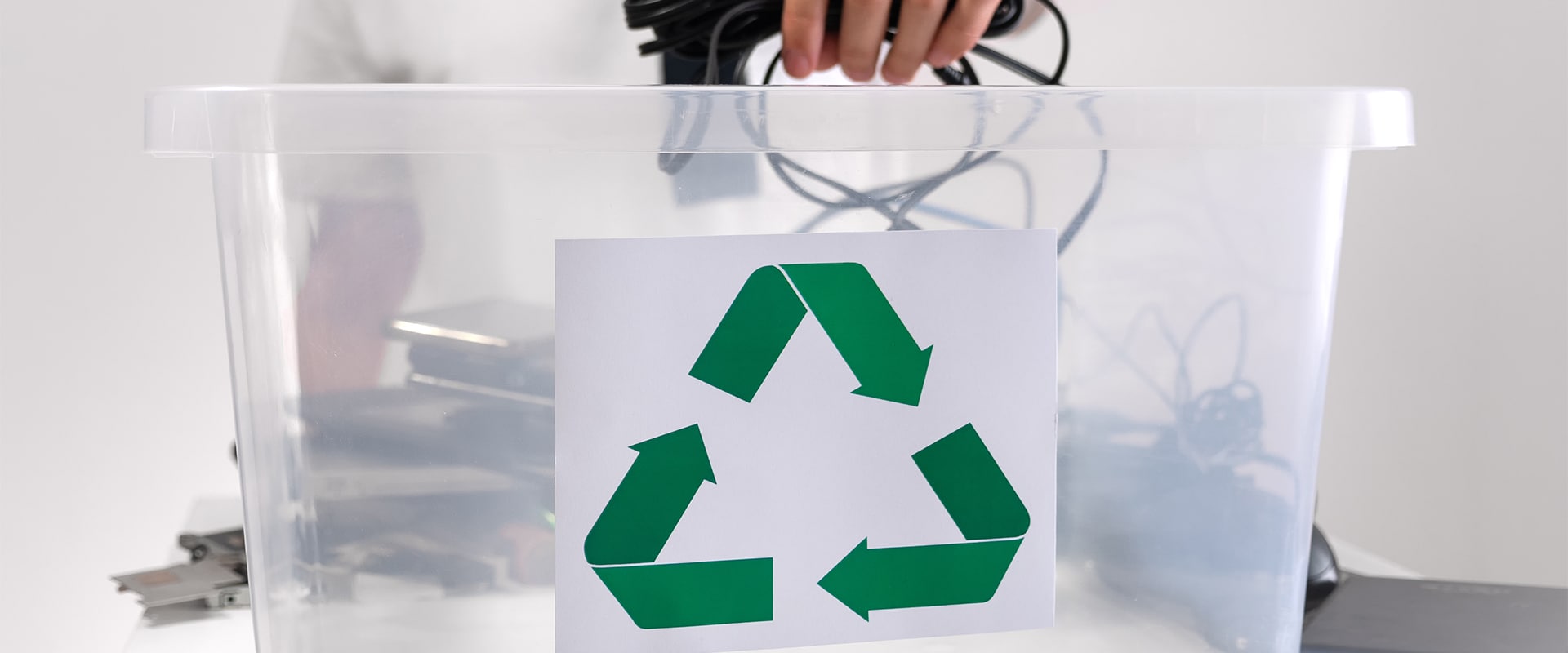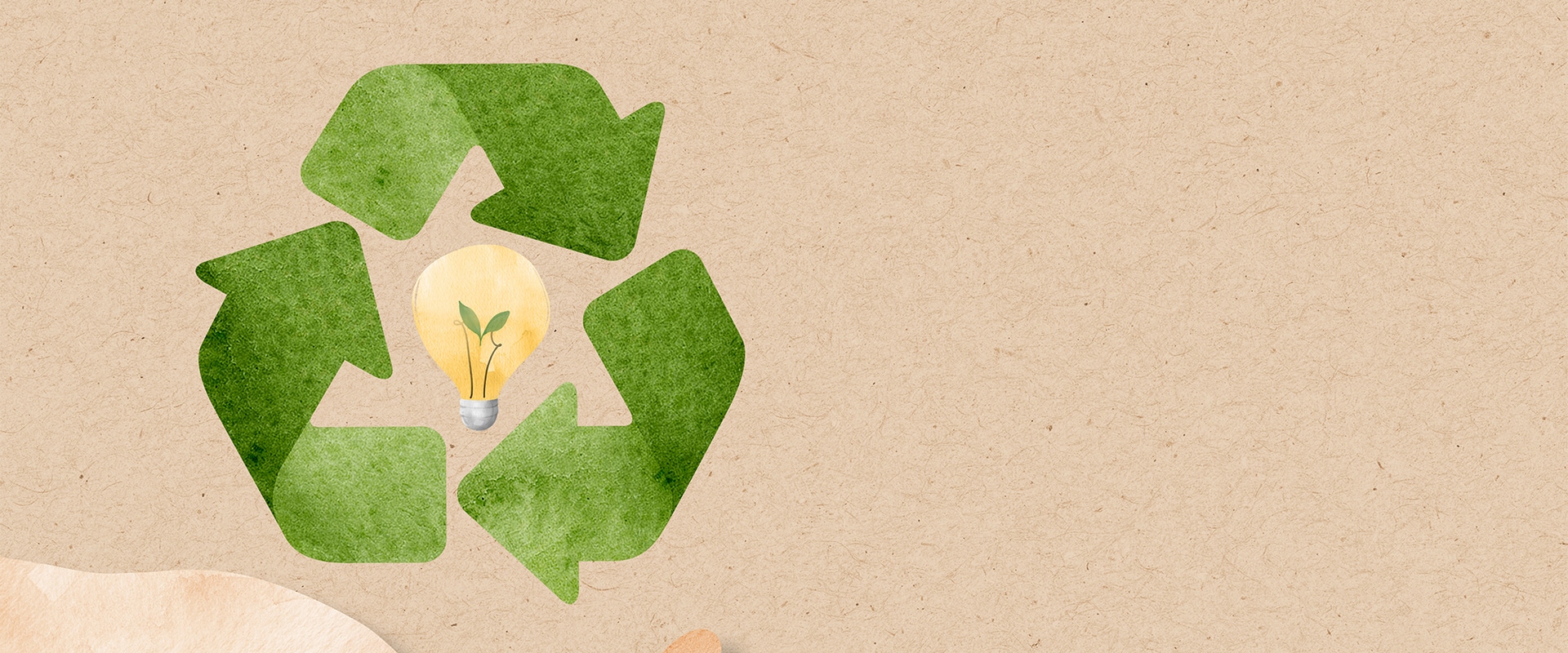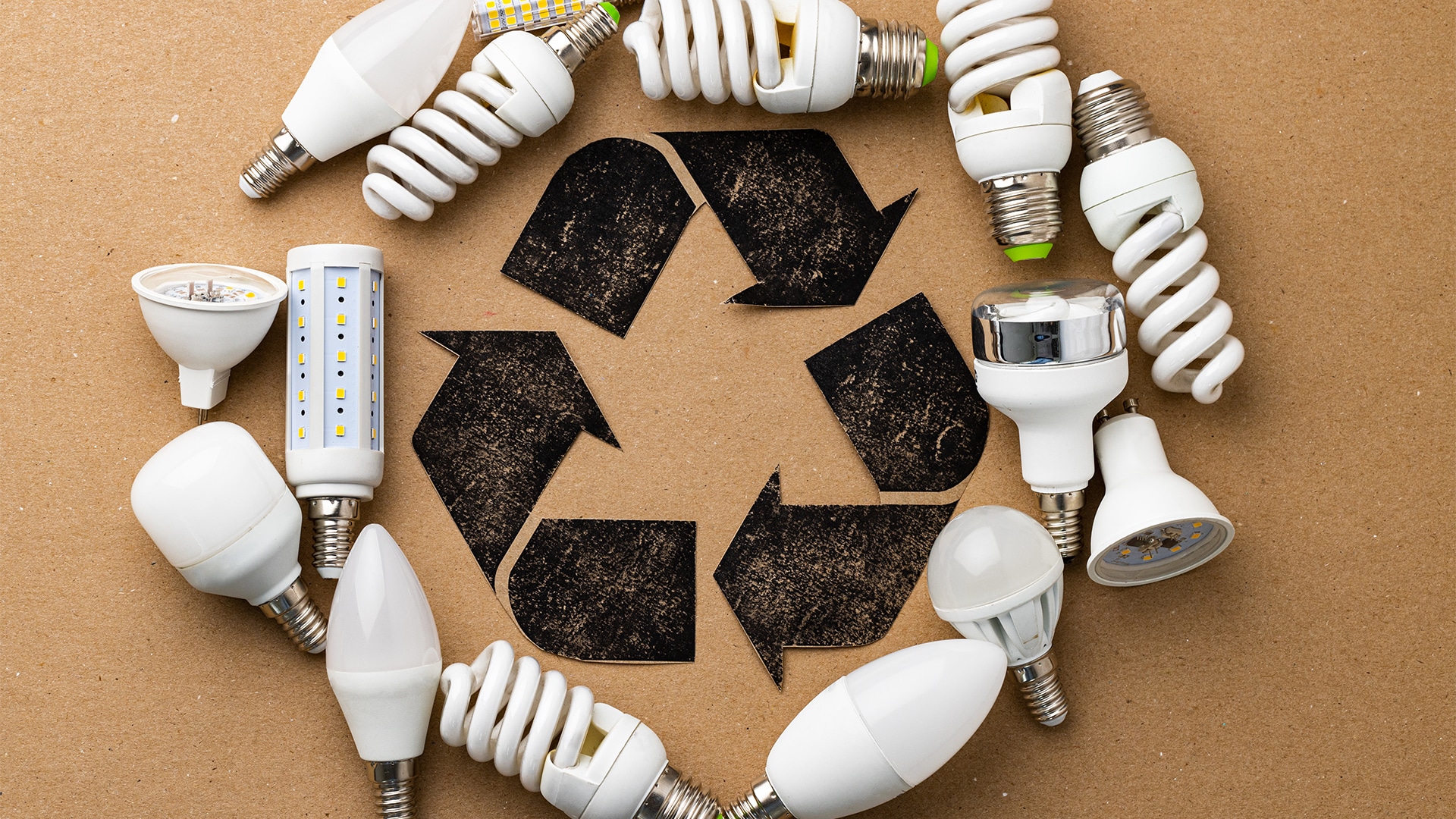Today, everyone cares little about the amount of waste that is spread everywhere. We do not take into account all negative impacts on the environment while electronic devices have harmful components. On top of all this, there are the landfills that every home throws in the garbage. Yet managing e-waste doesn’t seem to be a priority for consumers, let alone the responsibilities companies don’t take. By accumulating the amount of electronic waste, we will run towards disaster, which should alert us as soon as possible.
What will happen to electronic devices after recycling?

When we talk about recycling, it is obvious that the term reusable is often used since it is the purpose, especially when it comes to electronic devices. This is why the population is strongly encouraged to carefully throw away all devices that no longer work at home. On the one hand, this gesture can help you save in the use of natural resources and thus, reduce the amount of toxic materials. When you throw away these materials, there is a significant accumulation of e-waste while we try to avoid an ecological impact.
Fortunately, there is a specialized program that will allow the recycling of all electronic products to ensure the protection of our environment. Of course, the health of the people who take care of these items during the recycling process should not be neglected.
Speaking of electronic recycling processes, there are components that can be recovered such as:
- Batteries;
- Printed circuit boards;
- Cables;
- The sons;
- Metals;
- Plastics;
- Batteries;
- Leaded and lead-free glass.
Wood may be recovered, but it is safe for this component. So if you want to call on recycling professionals in Quebec, do not hesitate. Inflo Liquidation offers recycling that aims to enhance your devices such as computers.
What is electronics recycling?

The recycling system of an electronic device is used to take care of all the materials to make other items. Since the devices are diversified, why not choose this process? In addition, children live in a world where technology offers an opportunity to recycle all devices.
At the same time, the process makes it possible to obtain resources such as steel, silver, copper, gold, plastic and others. These resources are recyclable because they can be reused repeatedly.
With each recovery, professionals will be able to move on to the exploitation of materials in order to reduce negative impacts on our environment. Thus, there will be no more worries with the emission of greenhouse gases, which particularly concerns carbon dioxide or other gases.
What happens to household appliances after recycling?
The first thing these services do is collect all household appliances so that the treatment by die can be carried out. For this, they will be classified as follows:
- Screens;
- Large cold appliances;
- Large appliances out of cold;
- Lamps;
- Photovoltaic panels;
- Small device.
It is only then that the treatment and valorization can be done in the centers. All these appliances will then be recycled by following 6 distinct steps:
- Dismantling;
- Grinding;
- Isolation of ferrous elements;
- Triage and recovery;
- Separation from a process called eddy current;
- Separation of plastics using densimetric sorting or optical sorting.
As you can see, the recycling of household appliances that contain gas should be taken seriously, especially when grinding. That said, only a professional shredder can perform the extraction when the devices contain gas to avoid contamination and greenhouse gas emissions.


Comments